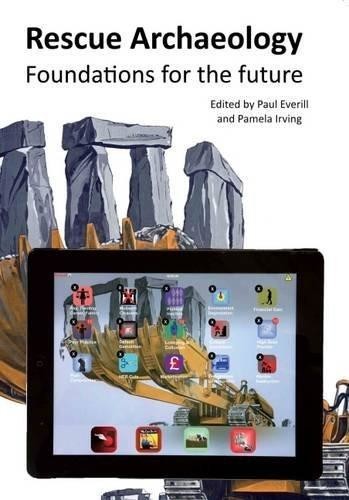The political and cultural landscape within which archaeology is practised four decades after the (1974) appearance of RESCUE Archaeology, edited by Philip Rahtz is very different and yet RESCUE’s principal campaign aims still remain relevant. Mirroring the structure of the 1974 publication, this book is organised into several distinct sections which outline the current frameworks within which archaeologists operate; their experiences; significant threats to the historic environment; and how current practitioners view the future of the profession.
SECTION ONE: Current Frameworks; provides an outline of the organisational, legal and research frameworks that govern contemporary British archaeology. Contributions review significant developments in these areas in recent years, considering the positives alongside the challenges faced by archaeologists involved in developing and/ or implementing initiatives, setting the scene for discussion of specific experiences, crises, and possible future directions.
SECTION TWO: Experiences of the 21st Century Archaeologist; provides individual, reflective accounts from archaeologists at various career stages, undertaking a variety of roles. The aim is to deliver an accurate picture of the challenges faced by those across the profession; how their roles may have changed/ developed; and their working environment. The individual contributions present case-studies in differing aspects of archaeological employment.
SECTION THREE: Crisis Points; identifies five key crisis points faced by the profession, each of which impacts on preservation or investigation of archaeological remains, or on professional practice. Each chapter establishes the historic development of these areas of concern.
SECTION FOUR : Rescuing the future; outlines six broad areas in which discussion needs to be encouraged across the profession to ensure that it is fit to face the next 40 years. These themes relate very closely to the principal aims expressed at the foundation of RESCUE, and concern funding, training, legislation and communication with the public.
There are no reviews for this book. Register or Login now and you can be the first to post a review!









